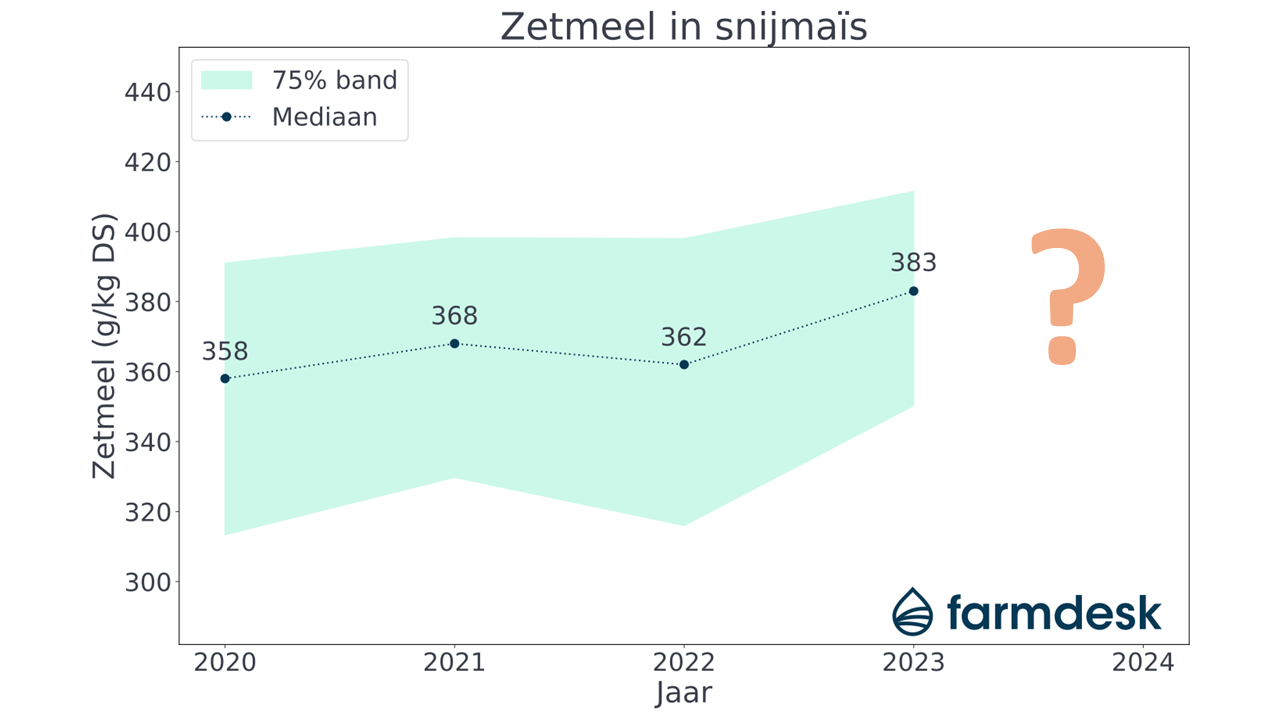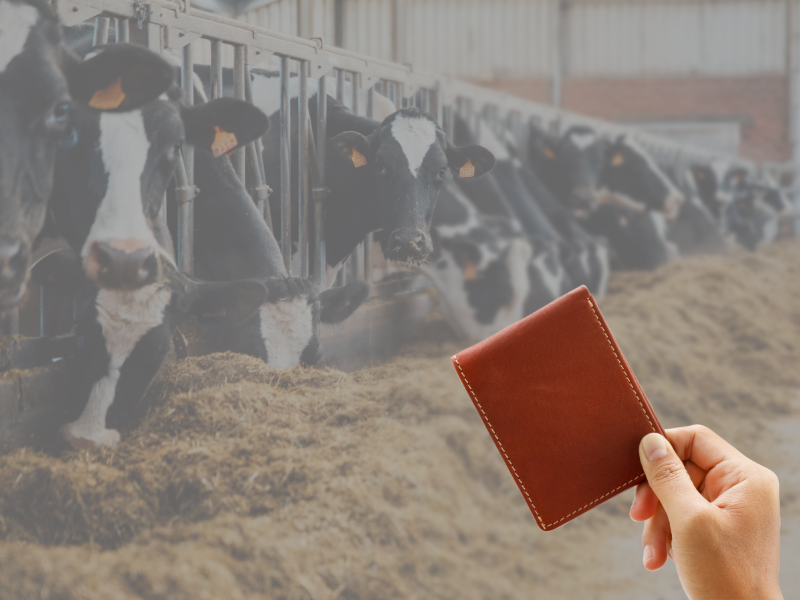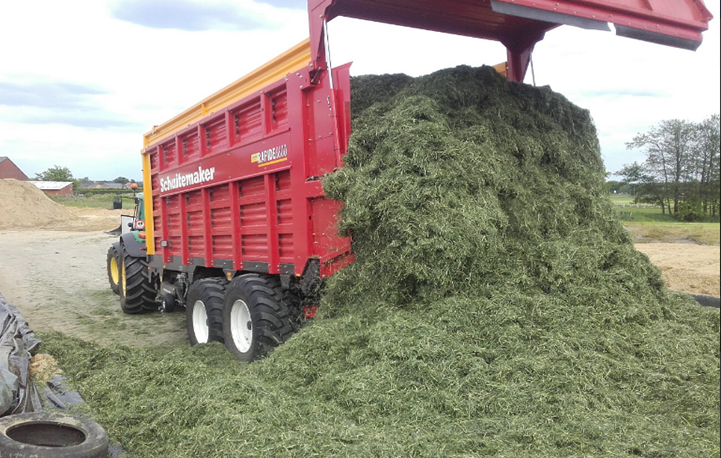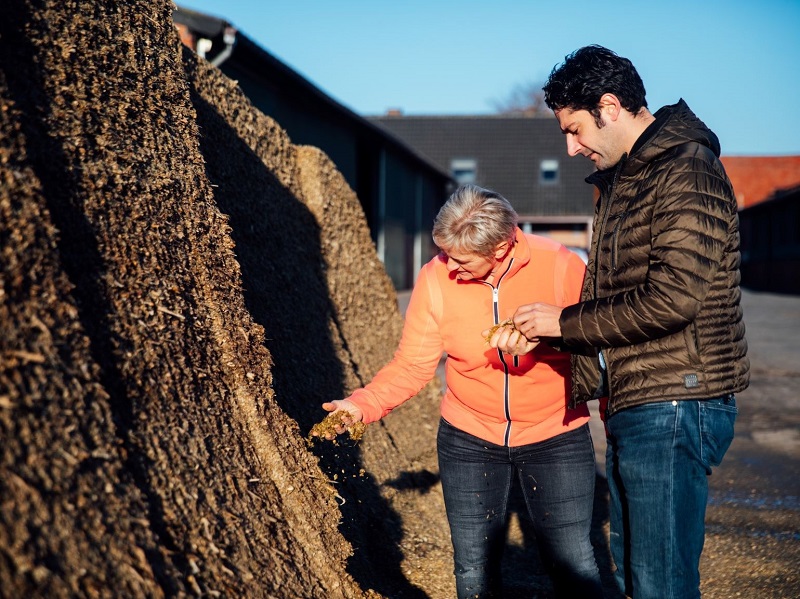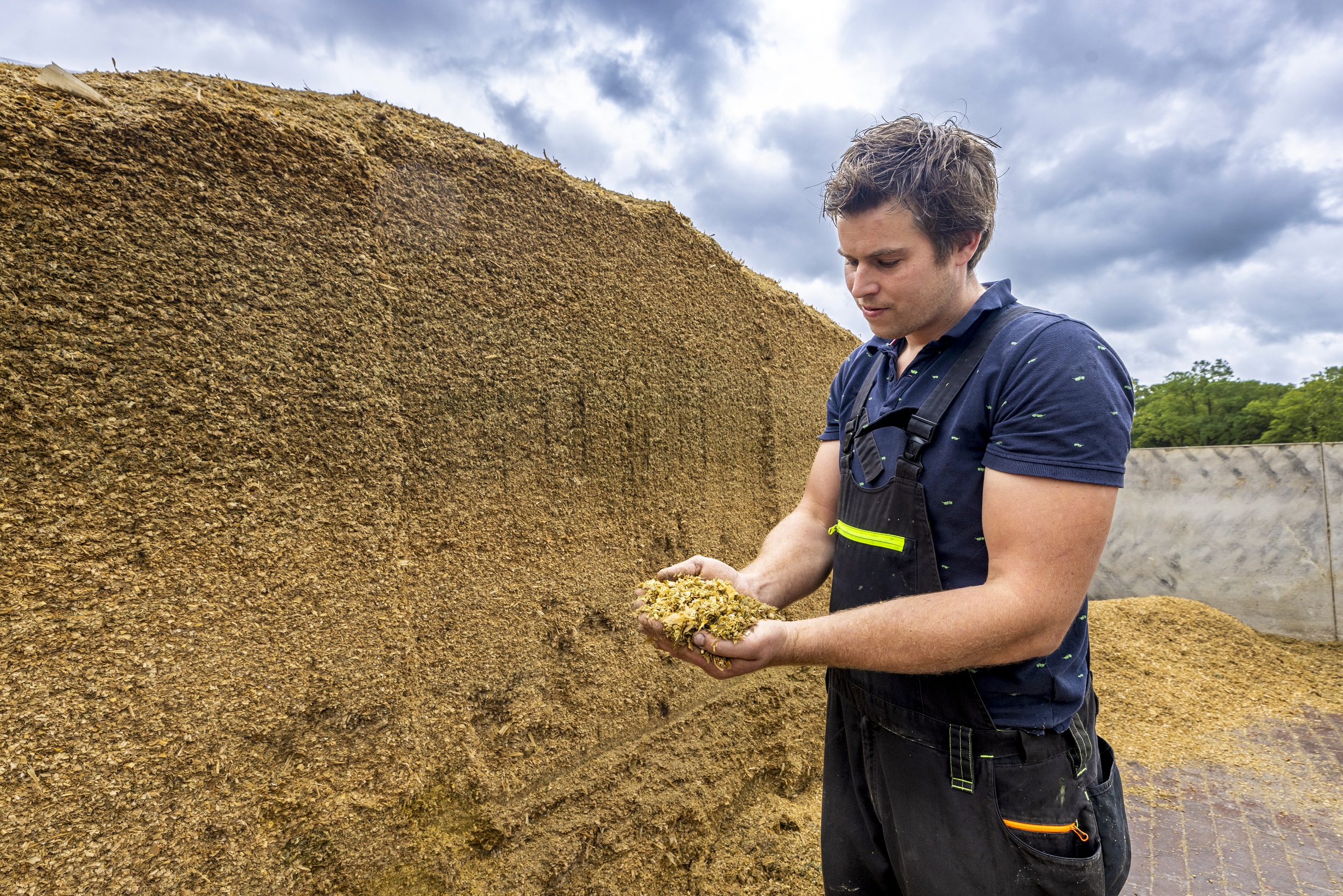Inspired by society's focus on nitrogen efficiency, the urea standardization in Farmdesk for dairy cows was thoroughly discussed and adjusted in consultation with various livestock nutrition advisors.
Of course, it is not that cows handle protein digestion differently on one stroke. What is true is that the farm manager's focus is best placed differently than before. The trick here is to keep the cow and digestion central and while shifting the optimum from a rather technical to an environmental optimum. It must be ensured that one stays within the limits of technical feasibility and that this optimum is also translated as favorably as possible from a business perspective.
Farmdesk optimal urea content in milk
At Farmdesk, through historical data analysis and experiential science of the farm consultants, optimal urea content in milk was found. This is with a view to performing technical performance without risk of health burden to the cow. This optimal urea content is in the neighborhood of 2.75 times the sum of the fat and protein content in the milk (in %).
Example: for cows with a fat content of 4.2% and a protein content of 3.4%, the optimal urea content is 2.75 x (4.2 + 3.4) = 20.9 mg/100g.
This optimal urea level admittedly depends on the lactation phase. At the lactation start, one could aim for a slightly tighter urea level (up to -10%) to minimize liver stress during this phase of metabolic transition. In contrast, one could go higher in urea levels up to 10% in any old-milking phase. This can be justified because the animal's metabolism is less stressed in this phase anyway and one can thus aim for higher milk production.
Given the social need to use nitrogen sparingly in the context of nature and the environment, we at Farmdesk work with a double standardization. This is also clear from the figure below.
The dark green zone gives most opportunity for decent production combined with moderate nitrogen economy.
The light green zone at the top places more emphasis on productivity and less on nitrogen economy while the light green zone at the bottom, places more emphasis on nitrogen economy and less on productivity.
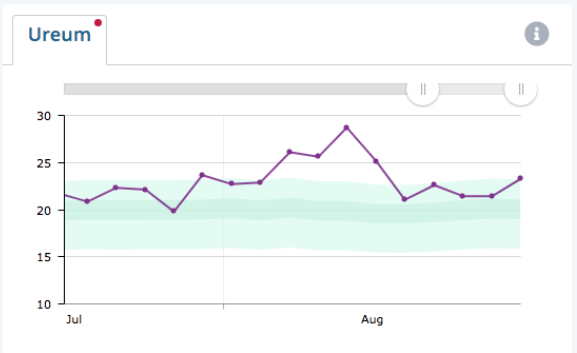
Urea control through the ration
When we look at the influence of the ration on urea levels, we know that the type of energy available in the ration will help influence the optimal zone.
For example, it is easier to milk smoothly with limited urea if the energy consists of secured rumen-available starch (e.g., soda train) or pectins (e.g., beet pulp) than from unsecured rumen-available starch (e.g., ground grains).
With an ample supply of intestinal digestible starch, it is more appropriate to aim for a more ample urea content from a production and health standpoint. This is because with low rumen-available protein and high intestinal digestible starch, the digestibility of the starch is further delayed and thus there is a chance that the starch will enter the colon undigested. This can give rise to unwanted colon fermentation which in turn can negatively affect udder health and somatic cell count.
We also saw this phenomenon of increased somatic cell count issues more prevalent again when in the spring, feed potatoes were readily incorporated into dairy rations because of the low market price. Often potatoes took the place of long ensiled silage corn and/or beet (pulp). This increased the intestinal digestible starch in the ration and we were potentially getting undigested starch in the cows' colon.
Heat stress and urea levels
During this past summer, we saw that when heat stress occurs, cows find it difficult to take in enough feed. However, the drive to produce milk often still remains, but in this case the animals often start drawing on their reserves to still live up to this production.
The muscle breakdown associated with this can (as evidenced by monitoring of one of Farmdesk's sample farms) give rise to increased urea levels in the milk without the ration.
On Farmdesk's sample farm, a ration was fed fairly tightly to the protein standard with a relatively high DVE content relative to a tight OEB value (see figure below).
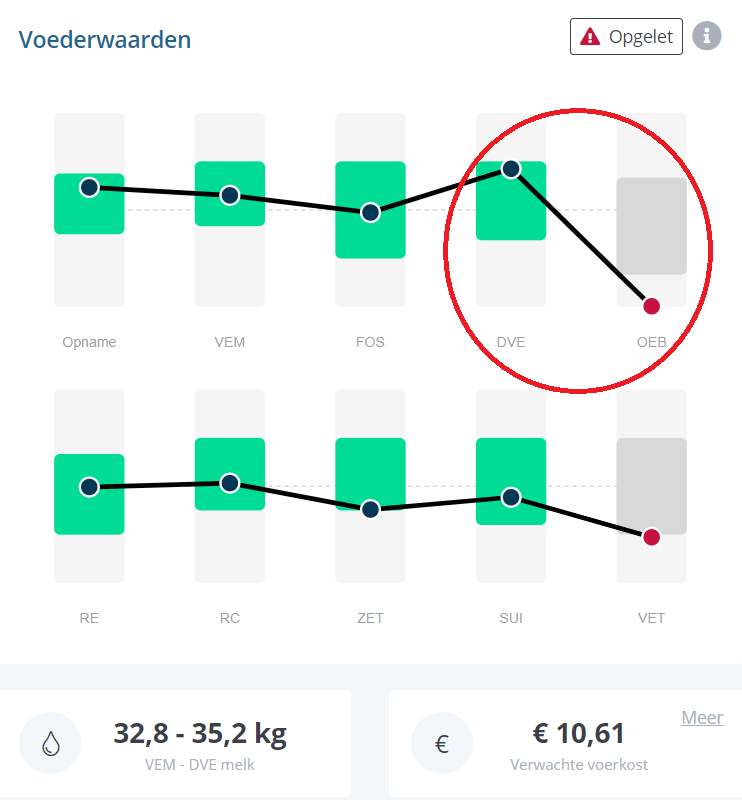
Theoretically, this ration should not lead to excessive urea levels. Nor was this the case until the animals were given plenty of heat stress to digest while still trying to maintain milk production at the expense of emaciation. The resulting increase in urea levels is well above the Farmdesk quotation (see red circle on figure below).
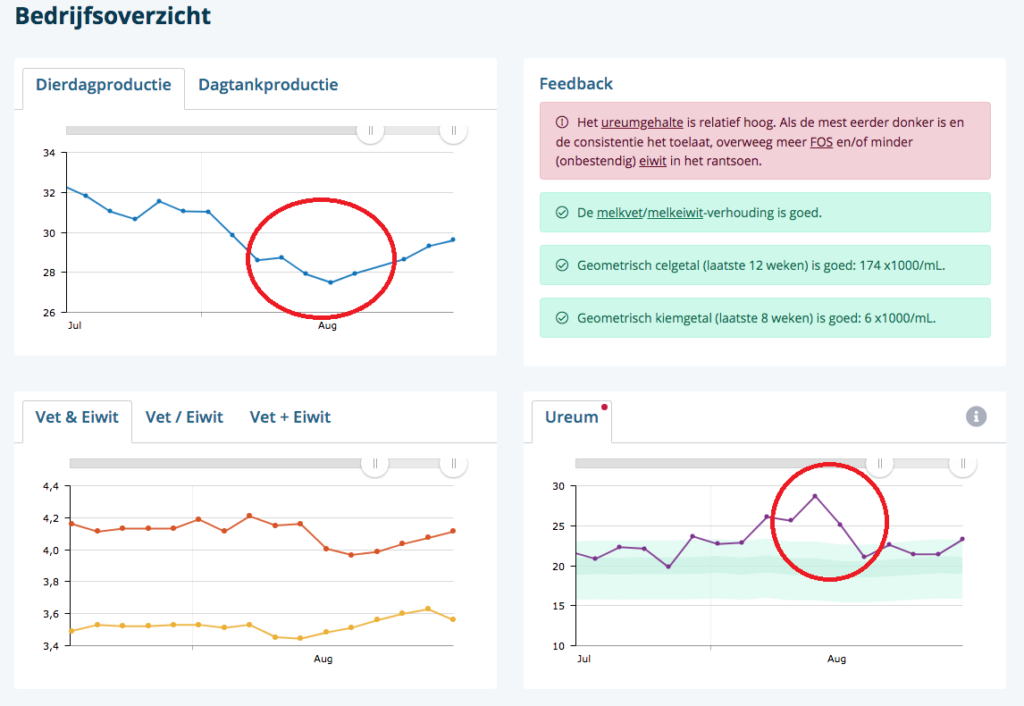
When there was heat stress, breakdown metabolites of the muscle protein caused an increased urea level in the milk. In this case, it is not appropriate to further tinker with the protein supply in the ration for optimization. The focus in this case should be on improving barn climate. From the sector comparison within farmdesk, we see that the example farm was not an isolated case, but on average the farms all made the same movement of increasing urea levels during the heat stress period.
We also learn from the figure that dairy farms must now after the heat period beware of overreacting in terms of protein supply. Many may have reduced protein supply in response to the urea rise during the heat. The result is that their urea levels now overshoot to the bottom after the heat period, creating the risk of feeding too little unresistant protein after the heat period for cows to produce optimally.
If rations do need to be tinkered with during heat stress, it might be better done on the energy side. For example, by increasing the fat supply in the ration, we make available energy that is less likely to give rise to heat production than energy from carbohydrates. In this way, the cow can continue to function better under heat stress because she produces less heat herself while still getting enough energy to maintain her milk production.


